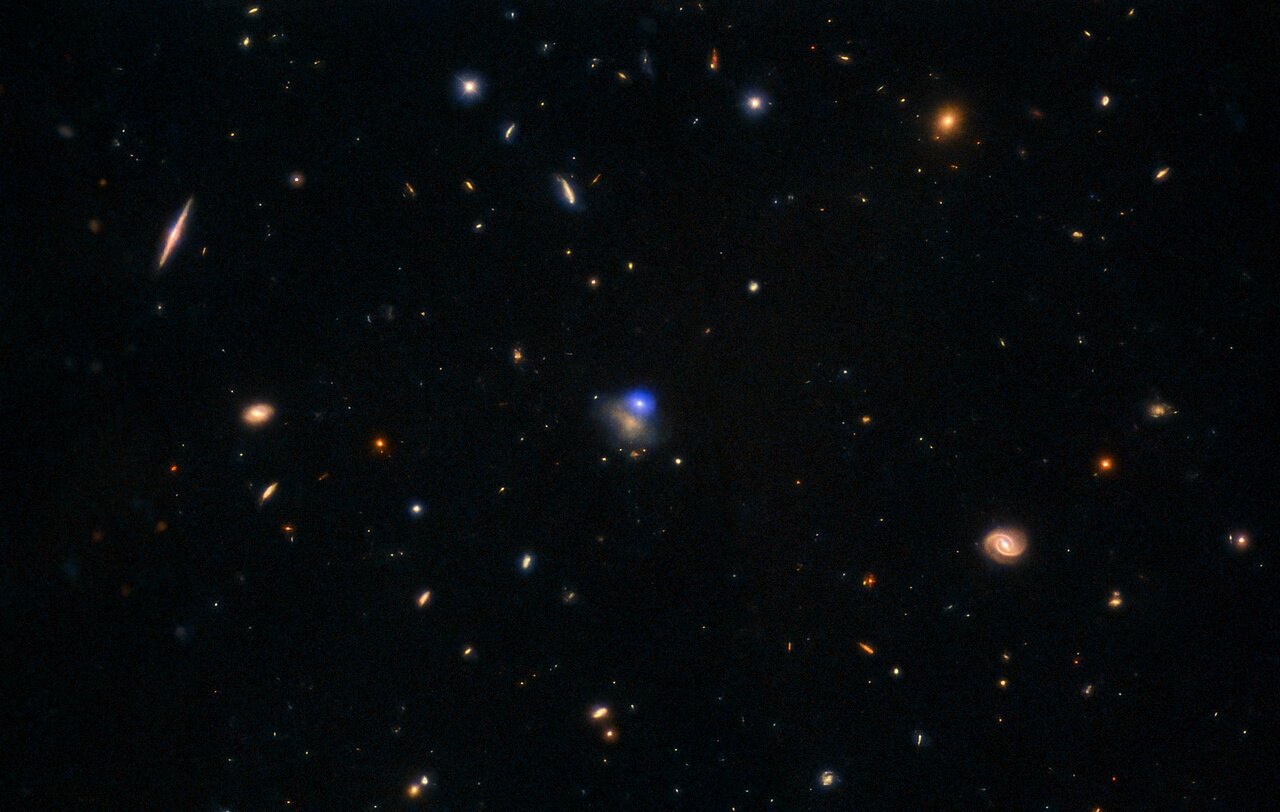The world’s most common construction material has a secret. Cement, the “glue” that holds concrete together, gradually “breathes in” and stores millions of tons of carbon dioxide (CO2) from the air over the…
Category: 7. Science
-

‘We were amazed’: Scientists using James Webb telescope may have discovered the earliest supernova in the known universe
Astronomers using the James Webb Space Telescope (JWST) may have discovered the most distant supernova in the universe. This stellar explosion, hosted by a very faint galaxy, occurred when the universe was only 730 million years old.
Besides…
Continue Reading
-
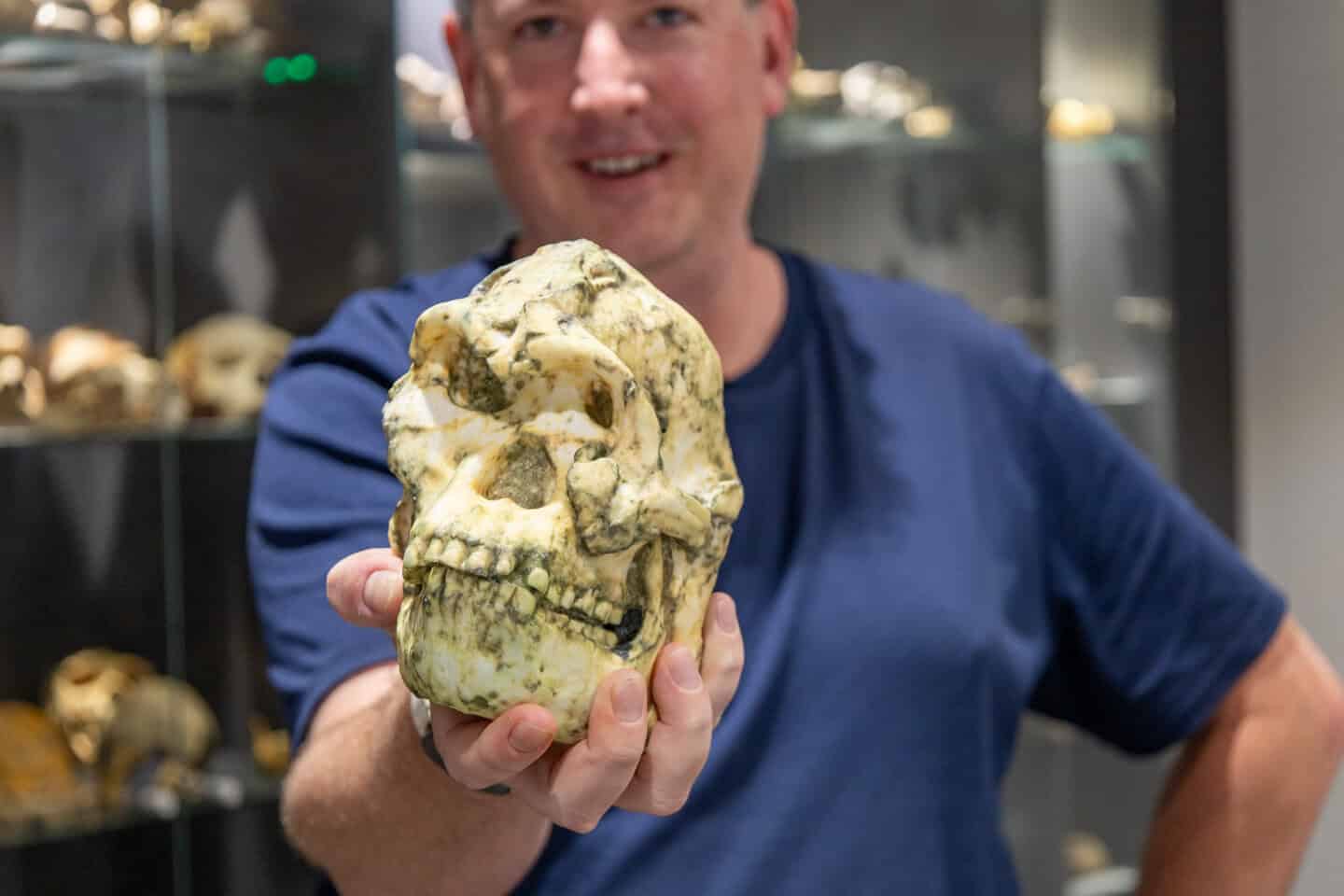
One of the Most Complete Human Ancestor Fossils Called Little Foot May Be New Species
An international study led by researchers from Australia’s La Trobe University and the University of Cambridge has challenged the classification of one of the world’s most complete human ancestral fossils, raising the possibility… Continue Reading
-

New images show that the Moon “broke apart” billions of years ago
New oblique images from NASA’s Lunar Reconnaissance Orbiter Camera (LROC) reveal enormous cracks, called grabens, curling around an ancient lunar sea on the Moon’s near-side.
These grabens are part of a broken ring that records how a huge…
Continue Reading
-
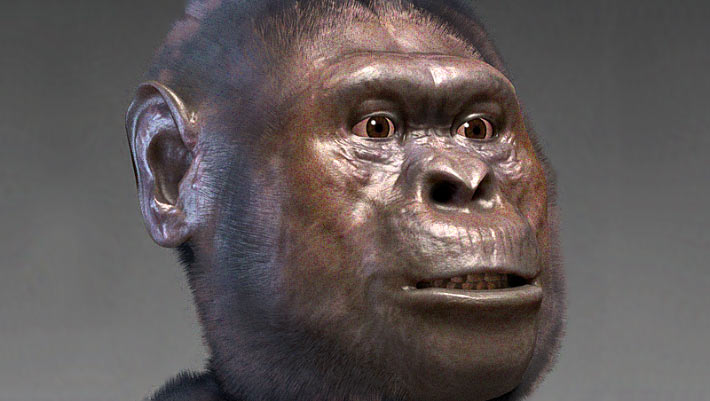
Remarkable Fossil from South Africa May Be New Species of Australopithecus: Study
New research led by scientists from the University of Cambridge and Latrobe University challenges the classification of the Little Foot fossil as Australopithecus prometheus.
The Little Foot fossil in the Sterkfontein cave, central South…
Continue Reading
-

A Single Solar Storm Could Trigger an End to Space Travel. Here’s How. : ScienceAlert
A “house of cards” is such a wonderful English phrase, one now primarily associated with a Netflix political drama. However, its original meaning refers to a fundamentally unstable system.
It’s also the term Sarah Thiele, originally a PhD…
Continue Reading
-
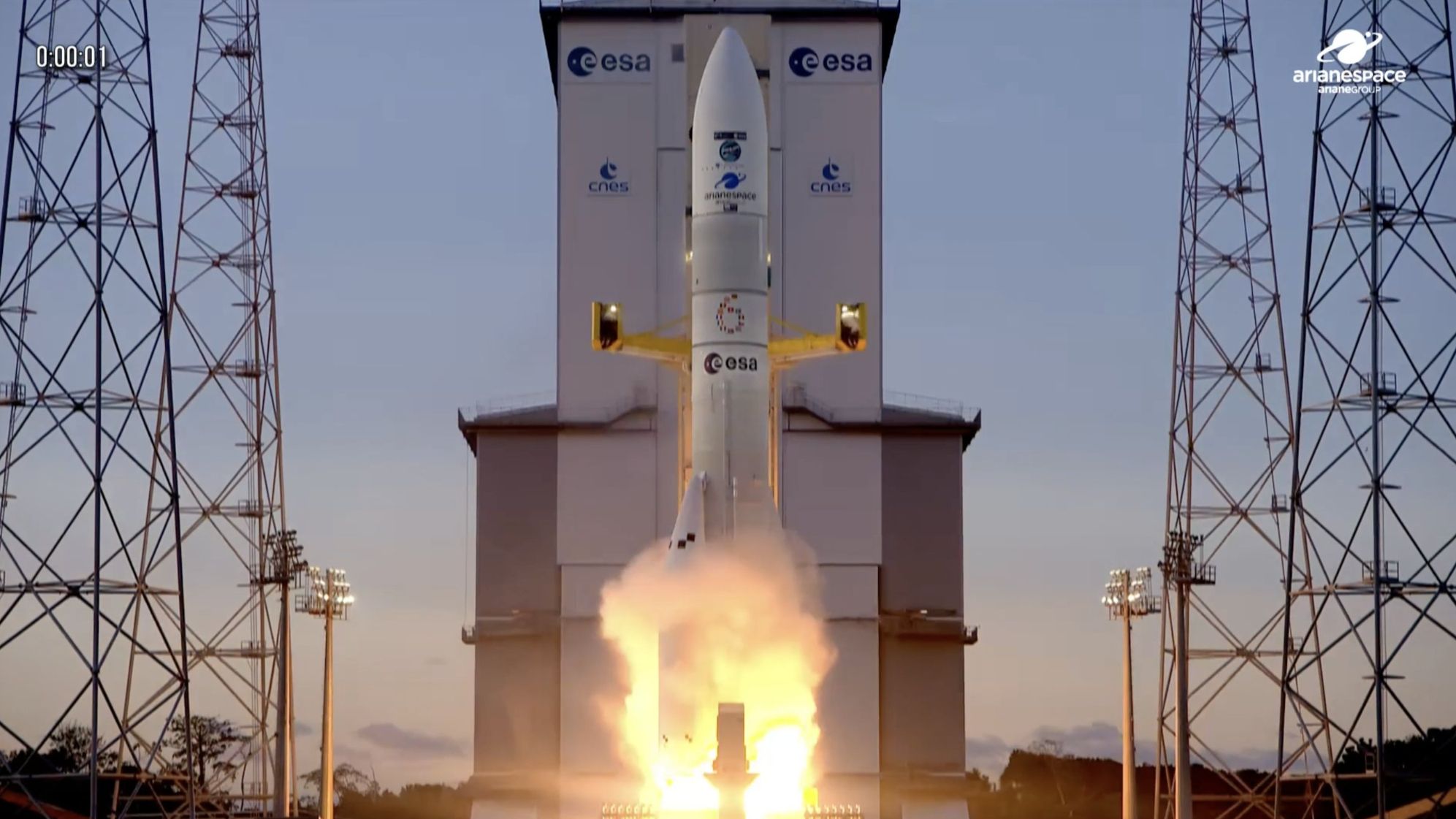
Stay up late tonight to watch Europe’s Ariane 6 rocket launch its 1st pair of Galileo navigation satellites
Vol VA266 | Galileo L14 | Ariane 6 | Arianespace – YouTube
Watch OnEurope’s towering Ariane 6 rocket is gaining momentum in the heavy-lift launch market as the vehicle gears up for its fifth flight.
Continue Reading
-
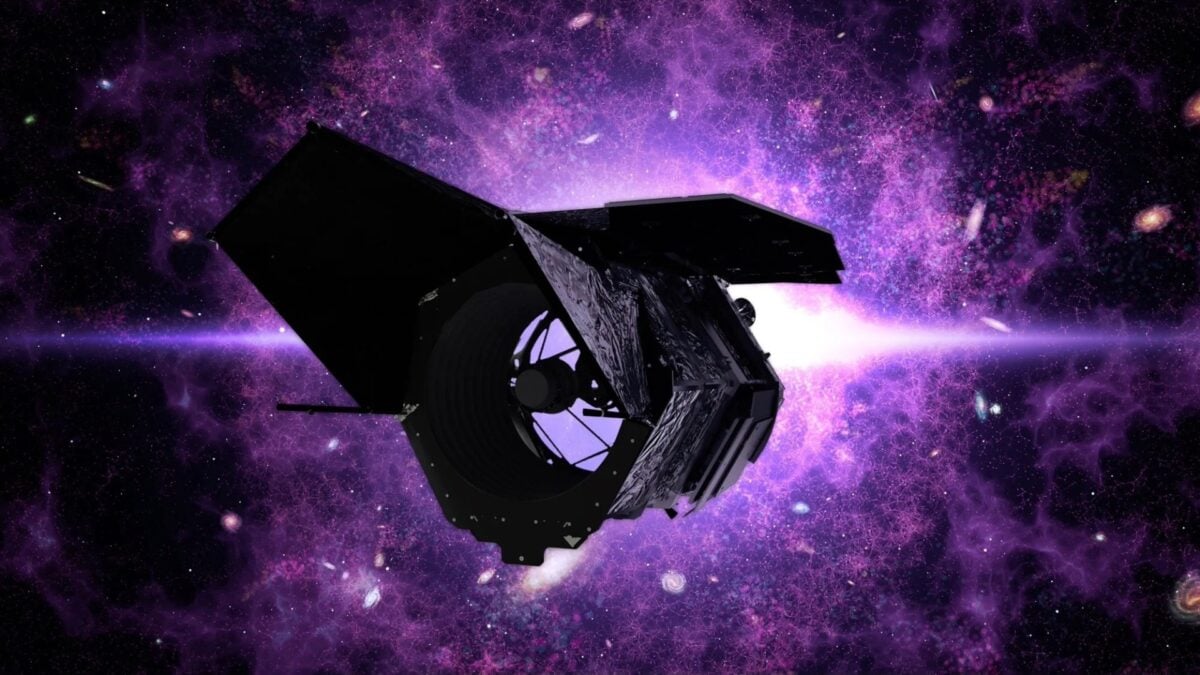
Why NASA’s New $4 Billion Telescope Will Stare at Absolutely Nothing
Earlier this year, leaked budget cuts cast a dark shadow over the future of NASA’s Nancy Grace Roman Space Telescope—a multi-billion-dollar instrument with the capacity of “200 Hubbles,” according to experts. Thankfully,…
Continue Reading
-
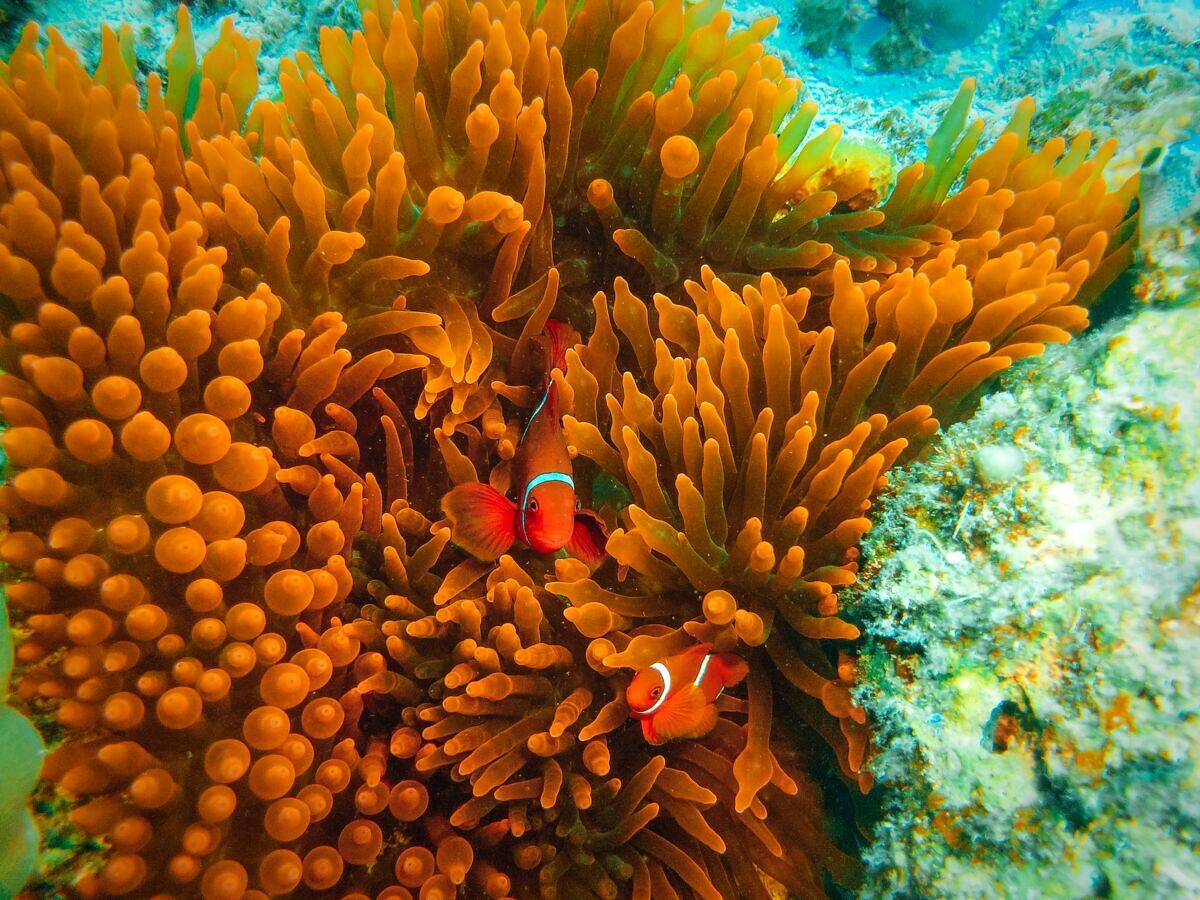
National Parks to Visit in 2026: Great Barrier Reef, Australia
In 2024, the reef experienced its most widespread coral-bleaching event on record, affecting the entire reef system. By 2025, surveys by the Australian Institute of Marine Science (AIMS) documented the largest annual drop in live coral…
Continue Reading

